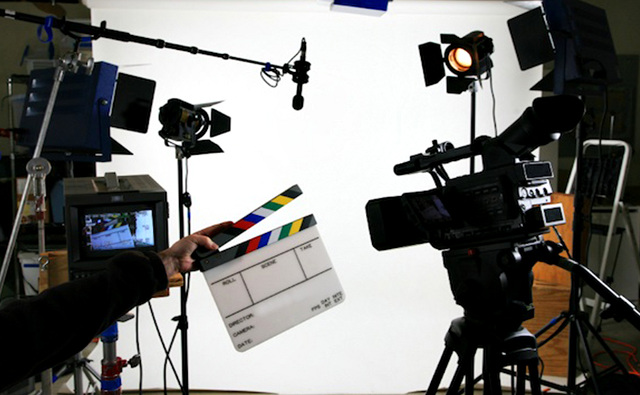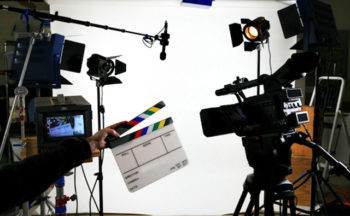
Teaching Communication before the Digital Explosion
 BEFORE the smart phones and digital cameras were introduced in the Philippines, phones and cameras were in analog format then. It means that mobile phones do not have SMS capability or what we commonly call text messaging, and cameras still use film then, instead of memory cards. Before the DSLR cameras which use memory cards now, there were the SLR cameras which use film then. Consumer video cameras use various formats of tapes like the VHS and Video 8.
BEFORE the smart phones and digital cameras were introduced in the Philippines, phones and cameras were in analog format then. It means that mobile phones do not have SMS capability or what we commonly call text messaging, and cameras still use film then, instead of memory cards. Before the DSLR cameras which use memory cards now, there were the SLR cameras which use film then. Consumer video cameras use various formats of tapes like the VHS and Video 8.
It was before the “digital explosion” when I taught communication subjects like Photography, TV Production and Radio Production at Colegio de San Juan de Letran in Intramuros, Manila.
I taught the principles of basic photography from the technical aspects to lighting and composition. Cameras then were purely manual, and were called SLR, which means Single Lens Reflex. But the most exciting part about learning photography is black and white photography.
In the subject of Television Production, the students were taught to produce various television programs and taped as live. That means to say that the programs were recorded on tape as if the programs were live and were not meant to be edited afterwards.
The Radio Production subject was very much like TV Production, except that it was all audio, and without any video. Just like the TV Production studio, the Radio Production studio is sound proof. The control booth is where the director, assistant director, the spinner and the recording engineer are stationed while the recording booth is where the voice talents and the sound box are located.
Communication before the digital explosion brought out the talent and innovation from my students. Producing photos, TV programs and radio programs were not as easy as they are now.


No Comments